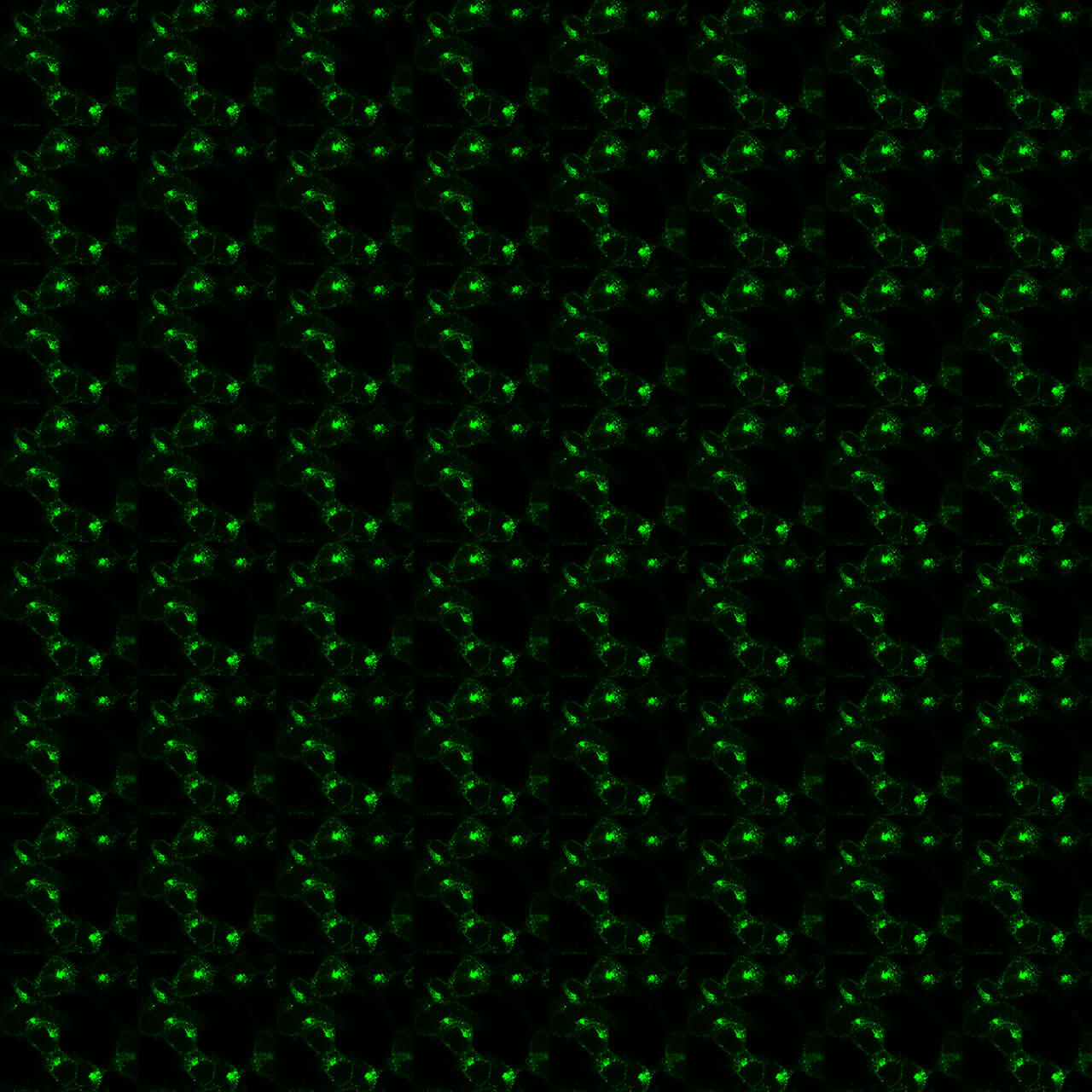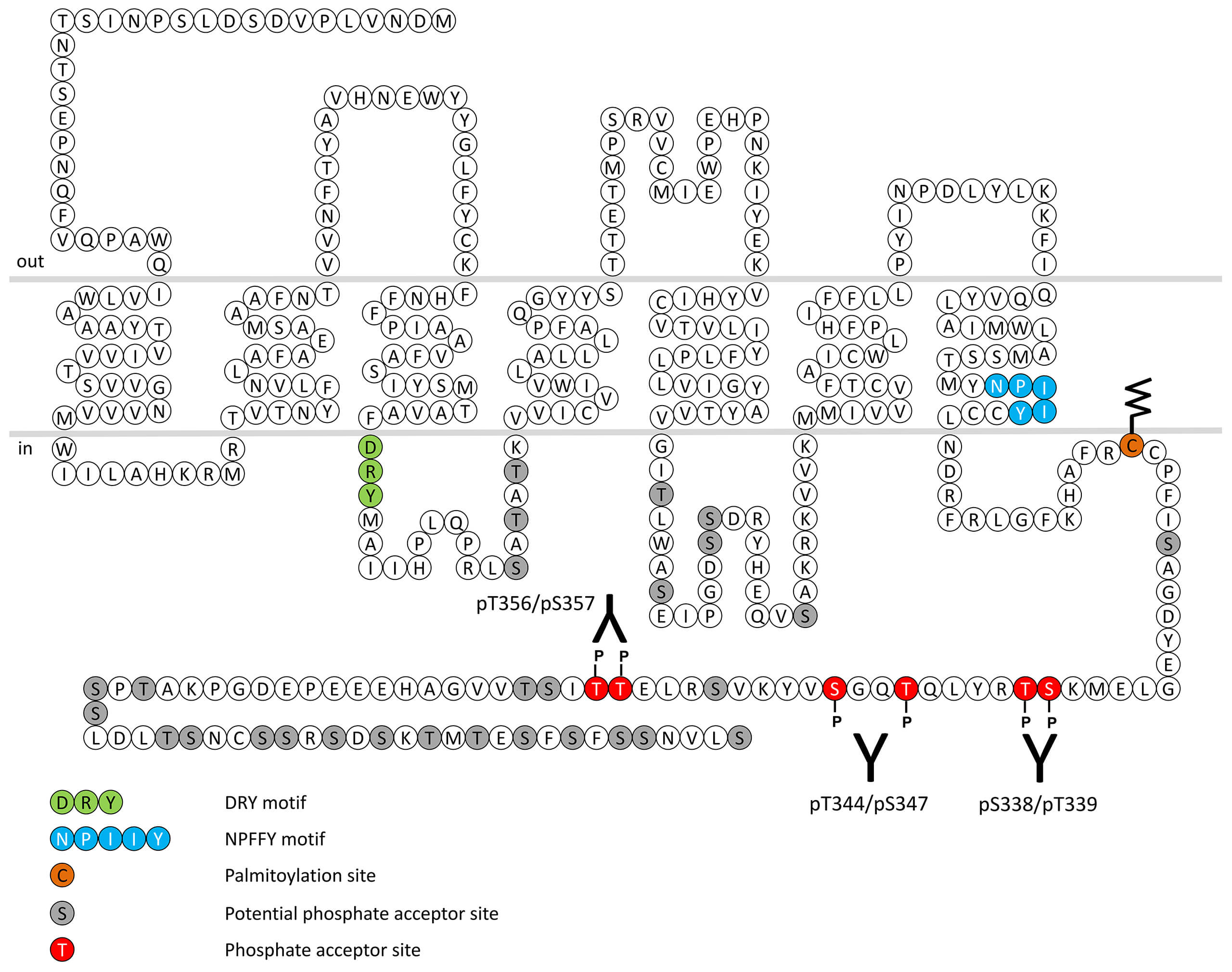No results were found for the filter!
NEW
 pS338/pT339-NK1 Phosphorylation Assay Kit
pS338/pT339-NK1 Phosphorylation Assay Kit The pS338/pT339-NK1 Phosphorylation Assay Kit allows determination of NK1 Phosphorylation in 96-well plates without the need for Western blot analysis.
$ 600.00 *
NEW
 pT356/pT357-NK1 Phosphorylation Assay Kit
pT356/pT357-NK1 Phosphorylation Assay Kit The pT356/pT357-NK1 Phosphorylation Assay Kit allows determination of NK1 Phosphorylation in 96-well plates without the need for Western blot analysis.
$ 600.00 *
NEW
 pT344/pS347-NK1 Phosphorylation Assay Kit
pT344/pS347-NK1 Phosphorylation Assay Kit The pT344/pS347-NK1 Phosphorylation Assay Kit allows determination of NK1 Phosphorylation in 96-well plates without the need for Western blot analysis.
$ 600.00 *
Recently viewed


